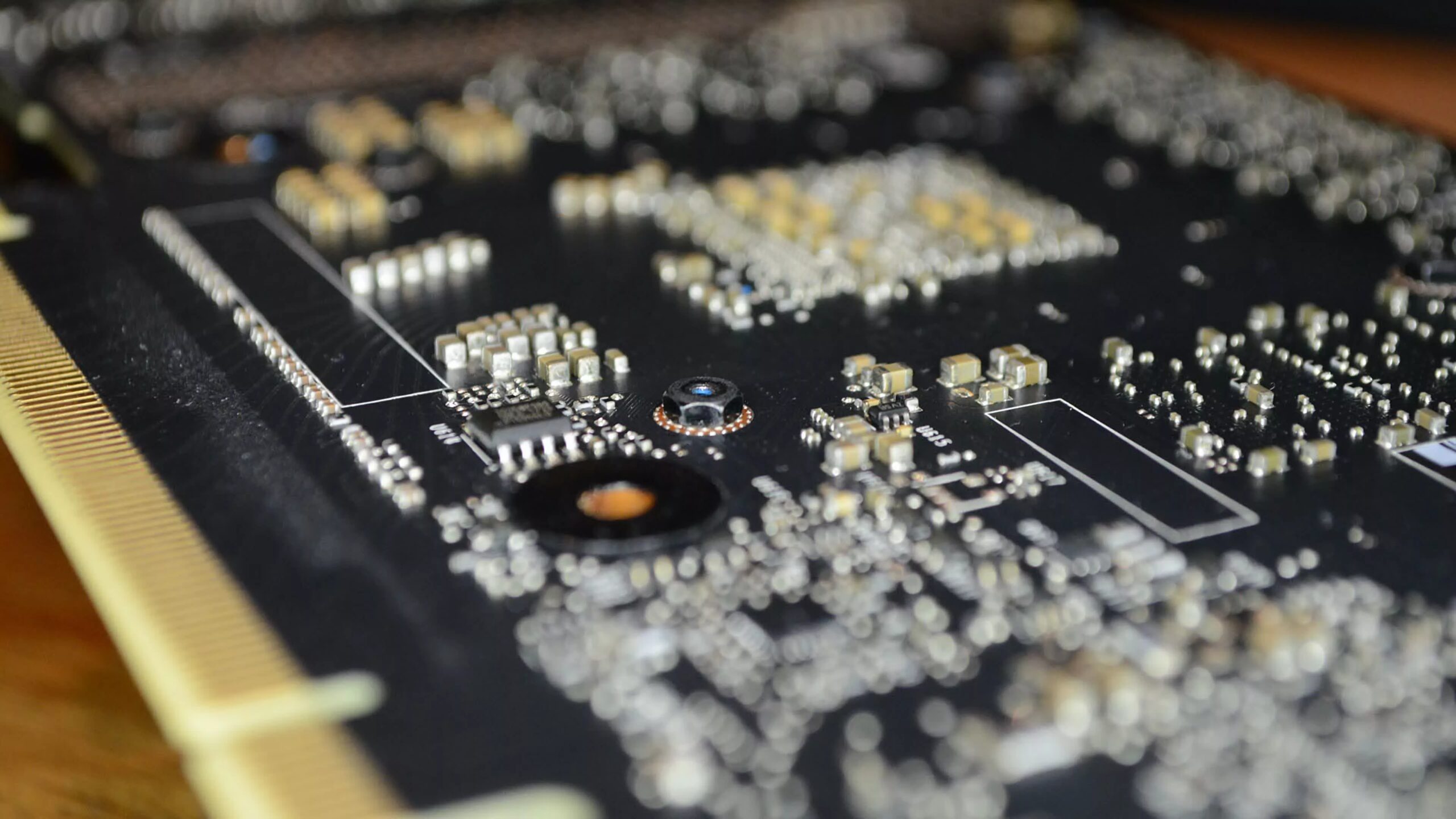In context: The quest for smaller and more energy-efficient devices has led researchers to explore integrating energy storage directly onto microchips, thereby minimizing the energy losses that occur when power is transferred between different components. The idea isn’t exactly new, but current technology has struggled to meet the requirements of storing sufficient energy in a compact space while also delivering it rapidly.
Scientists at Lawrence Berkeley National Laboratory and UC Berkeley have created “microcapacitors” that address this shortcoming, as highlighted in a study published in Nature. Made from engineered thin films of hafnium oxide and zirconium oxide, these capacitors employ materials and fabrication techniques commonly used in chip manufacturing. What sets them apart is their ability to store significantly more energy than ordinary capacitors, thanks to the use of negative capacitance materials.
Capacitors are one of the basic components of electrical circuits. They store energy in an electric field established between two metallic plates separated by a dielectric material (non-metallic substance). They can deliver power quickly and have longer lifespans than batteries, which store energy in electrochemical reactions.
However, these benefits come at the cost of significantly lower energy densities. Perhaps that’s why we’ve only seen low-powered devices like mice powered by this technology, as opposed to something like a laptop. Plus, the problem is only exacerbated when shrinking them down to microcapacitor sizes for on-chip energy storage.
The researchers overcame this by engineering thin films of HfO2-ZrO2 to achieve a negative capacitance effect. By tuning the composition just right, they were able to get the material to be easily polarized by even a small electric field.
To scale up the energy storage capability of the films, the team placed atomically thin layers of aluminum oxide every few layers of HfO2-ZrO2, allowing them to grow the films up to 100 nm thick while retaining the desired properties.
These films were integrated into three-dimensional microcapacitor structures, achieving record-breaking properties: nine times higher energy density and 170 times higher power density compared to the best electrostatic capacitors today. That’s huge.
“The energy and power density we got are much higher than we expected,” said Sayeef Salahuddin, a senior scientist at Berkeley Lab, UC Berkeley professor, and project lead. “We’ve been developing negative capacitance materials for many years, but these results were quite surprising.”
The technology could help meet the growing demand for miniaturized energy storage in microdevices such as IoT, edge computing systems, and AI processors.
“With this technology, we can finally start to realize energy storage and power delivery seamlessly integrated on-chip in very small sizes,” said Suraj Cheema, one of the leading authors of the paper. “It can open up a new realm of energy technologies for microelectronics.”
It’s a major breakthrough, but the researchers aren’t resting on their laurels just yet. Now they’re working on scaling up the technology and integrating it into full-size microchips while improving the negative capacitance of the films further.




